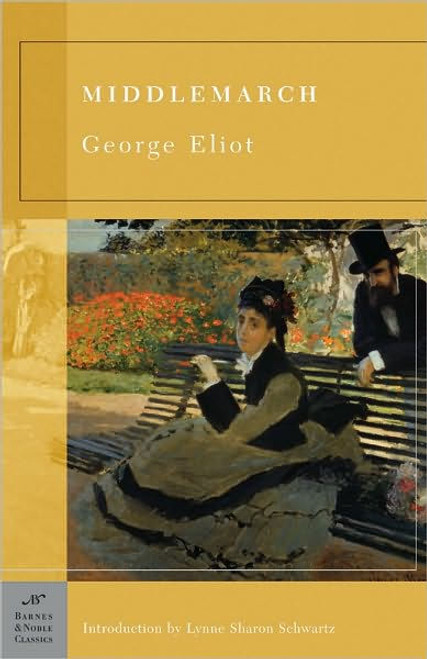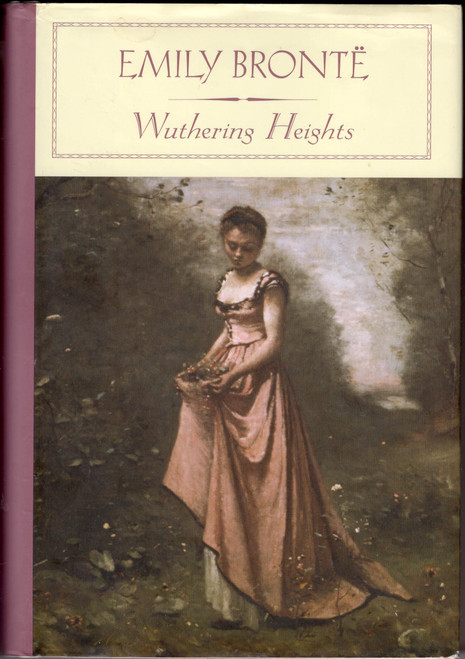America’s first psychological novel, Nathaniel Hawthorne’s The Scarlet Letteris a dark tale of love, crime, and revenge set in colonial New England. It revolves around a single, forbidden act of passion that forever alters the lives of three members of a small Puritan community: Hester Prynne, an ardent and fierce woman who bears the punishment of her sin in humble silence; the Reverend Arthur Dimmesdale, a respected public figure who is inwardly tormented by long-hidden guilt; and the malevolent Roger Chillingworth, Hester’s husband—a man who seethes with an Ahab-like lust for vengeance.
The landscape of this classic novel is uniquely American, but the themes it explores are universal—the nature of sin, guilt, and penitence, the clash between our private and public selves, and the spiritual and psychological cost of living outside society. Constructed with the elegance of a Greek tragedy, The Scarlet Letterbrilliantly illuminates the truth that lies deep within the human heart.
Introduction and Notes by Nancy Stade
About the Author
One of the greatest authors in American literature, Nathaniel Hawthorne (1804-1864) was a novelist and short story writer born in Salem, Massachusetts. Hawthorne’s best-known books include The House of the Seven Gables and The Scarlet Letter, works marked by a psychological depth and moral insight seldom equaled by other writers.
Novelist and short story writer Nancy Stade (Introduction and Notes) is trained as a lawyer and has worked in the federal government and the private sector. She currently lives in Washington, D.C., where she works for the Federal Drug Administration.







